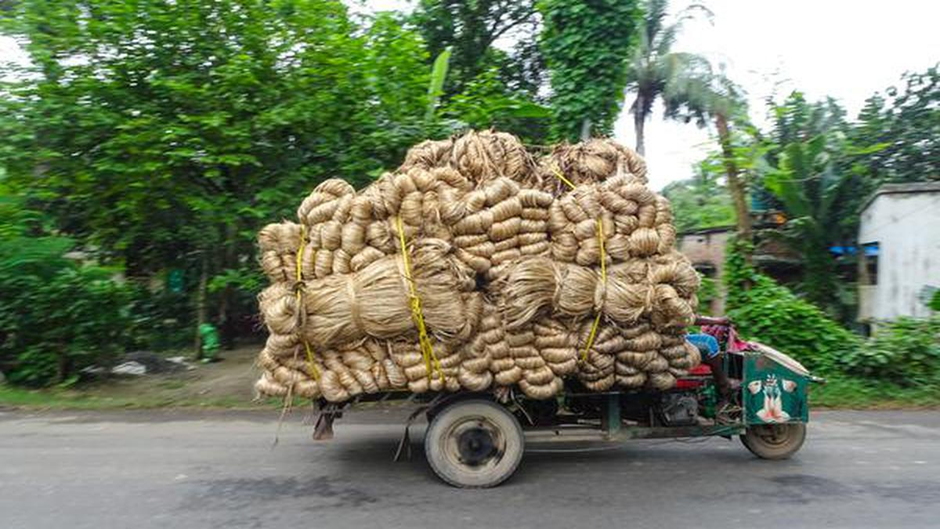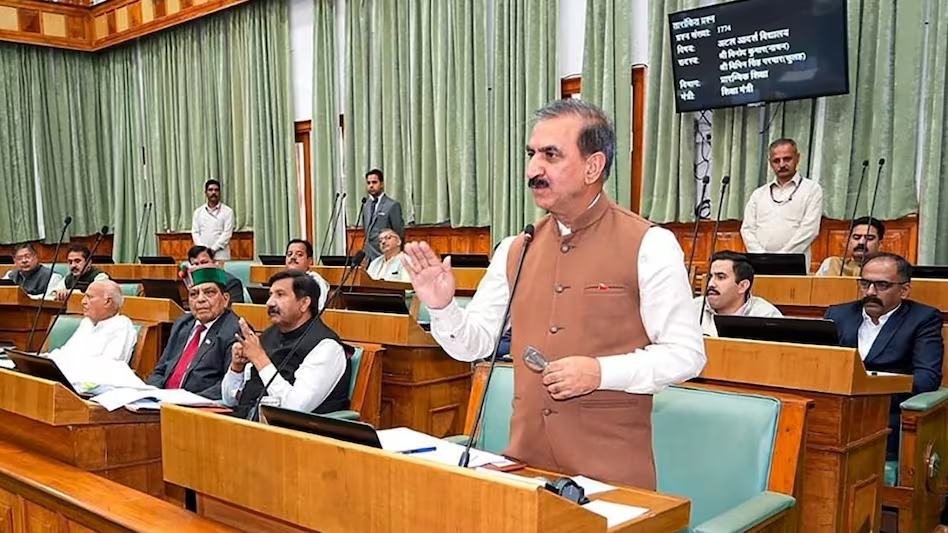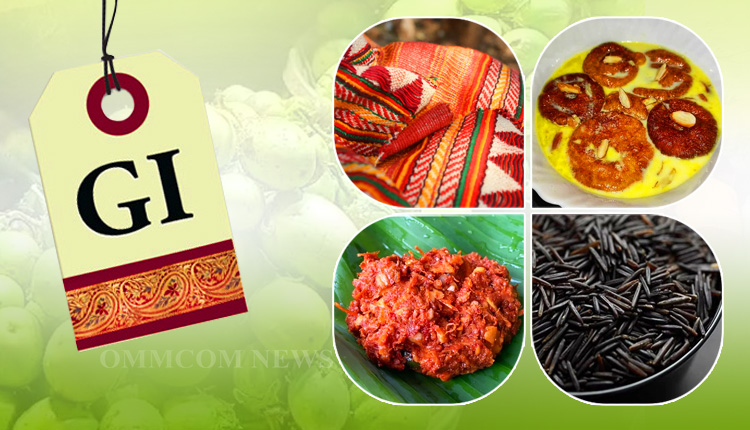- Courses
- GS Full Course 1 Year
- GS Full Course 2 Year
- GS Full Course 3 Year
- GS Full Course Till Selection
- Answer Alpha: Mains 2025 Mentorship
- MEP (Mains Enrichment Programme) Data, Facts
- Essay Target – 150+ Marks
- Online Program
- GS Recorded Course
- Polity
- Geography
- Economy
- Ancient, Medieval and Art & Culture AMAC
- Modern India, Post Independence & World History
- Environment
- Governance
- Science & Technology
- International Relations and Internal Security
- Disaster Management
- Ethics
- NCERT Current Affairs
- Indian Society and Social Issue
- NCERT- Science and Technology
- NCERT - Geography
- NCERT - Ancient History
- NCERT- World History
- NCERT Modern History
- CSAT
- 5 LAYERED ARJUNA Mentorship
- Public Administration Optional
- ABOUT US
- OUR TOPPERS
- TEST SERIES
- FREE STUDY MATERIAL
- VIDEOS
- CONTACT US
Versatile jute could be the fibre of the future
Versatile jute could be the fibre of the future

The Indian Jute Mills Association has recently highlighted the challenges faced by the jute sector, prompting discussions about potential reforms.
Key Facts About Jute
- Definition: Jute is a natural bast fibre, similar to flax, hemp, kenaf, and ramie.
- Geographical Origin: Traditionally grown in the eastern part of the Indian subcontinent, including present-day West Bengal and Bangladesh.
- Historical Context: The first jute mill in India was established in 1855 at Rishra, near Kolkata.
Jute Production:1. India: World’s Largest Jute Producer
2. Bangladesh: Second Largest Jute Producer
3. Uzbekistan: Third Largest Jute Producer
|
Ideal Conditions for Cultivation:
- Soil: Fertile loamy alluvial soil is ideal.
- Climate: Relative humidity between 40-90%, temperature between 17°C and 41°C, and well-distributed rainfall over 120 cm.
Species:
- Commercial: Tossa and White jute.
- Related Crop: Mesta (Hibiscus cannabinus and Hibiscus sabdariffa).
Harvesting Techniques:
- Timing: Best quality fibre is obtained by harvesting at the pre-bud or bud stage, although this yields less quantity.
- Retting Process: Bundles are submerged in water, covered with water hyacinth or similar weeds, and kept in clean, slow-moving water at about 34°C until fibres are easily separable.
Versatility and Sustainability of Jute
- Uses: Jute is a tall, hardy plant used for making fibre, paper, and other products. Its leaves are edible, and its roots enhance soil fertility. The fibre supports various applications, including insulation, geotextiles, and handicrafts.
- Economic Returns: An acre of jute yields nine quintals of fibre and additional income from leaves and woody stalks. Farmers earn approximately ₹35,000-40,000 per acre.
- Environmental Benefits: Jute requires less land, water, and chemicals compared to cotton. It is carbon-neutral and contributes to carbon sequestration, helping mitigate climate change.
Production and Employment:
- Major States: West Bengal, Assam, Bihar.
- Employment: Provides livelihoods to about 14 million people.
Top-10 Jute Producing Countries in the World 2024 |
||
|
Rank |
Country |
Jute Production (in tons) |
|
1. |
India |
1,720,000 |
|
2. |
Bangladesh |
1,681,939 |
|
3. |
Uzbekistan |
19,099 |
|
4. |
China |
15,700 |
|
5. |
Nepal |
10,451 |
|
6. |
South Sudan |
3,720 |
|
7. |
Zimbabwe |
2,692 |
|
8. |
Egypt |
2,283 |
|
9. |
Vietnam |
428 |
|
10. |
Bhutan |
343 |
Importance:
- Economic Role: Second most important cash crop in India after cotton; India is the largest producer globally.
Benefits of Using Jute Fibres
- Biodegradable Alternatives: Jute bags are eco-friendly alternatives to plastic.
- Value-Added Products: Can be used in making paper, pulp, textiles, wall coverings, etc.
- Income: Farmers earn approximately Rs 35,000-40,000 per acre.
- Sustainability: Requires less land, water, and chemicals compared to cotton.
- Carbon Neutrality: Jute sequesters up to 1.5 tons of CO2 per hectare annually.
Challenges in Jute Farming
- Low Natural Water Availability: Reduced river flooding means jute must be retted in artificial ponds.
- Unrealised Potential: Industry operates at 55% capacity, with projected declines in demand.
- Outdated Technology: Many mills use machinery over 30 years old.
- Lack of Product Diversification: Limited applications in high-growth areas like geotextiles.
- Geographical Concentration: Most jute mills are in West Bengal, causing distribution inefficiencies.
- Inadequate Support: Implementation of the Jute Packaging Materials Act, 1987 faces challenges.
Government Schemes Related to Jute Industry
- Jute Packaging Materials (Compulsory Use in Packing Commodities) Act, 1987
- Technical Textiles Mission
- Minimum Support Price for Jute
- National Jute Policy 2005
- Jute Technology Mission (JTM)
- Jute SMART
Way ahead:
- Golden Fibre Revolution: Focus on increasing cultivation, enhancing product quality, promoting exports, and improving farmer livelihoods.
- Flood Management: Restore natural flooding or simulate it to ease the retting process.
- Upgrade Machinery: Encourage investment in modern technology with government support.
- Promote Product Innovation: Explore new uses for jute and support industry innovation through grants and subsidies.
- Enforce and Expand Policies: Implement and review policies to address current industry needs and market conditions.
Conclusion
The jute industry, a vital sector for India’s economy and environment, faces significant challenges that hinder its full potential. Despite its historical importance and versatility, the sector grapples with issues such as outdated technology, low operational capacity, and inadequate support. Addressing these challenges requires a multifaceted approach involving technological upgrades, policy enforcement, and promotion of product diversification. By implementing targeted reforms and leveraging government schemes, India can revitalize its jute industry, enhance its global competitiveness, and improve the livelihoods of millions dependent on this golden fibre. With strategic investments and supportive policies, the jute sector has the potential to reclaim its prominence as a sustainable and economically valuable industry.
Must Check: Best IAS Coaching In Delhi
UPSC Prelims Result 2024 Out: Expected Cut Off & Other Details, UPSC Prelims 2024 Answer with Explanation, Daily Prelims Quiz, Daily Current Affairs, MONTHLY CURRENT AFFAIRS TOTAL (CAT) MAGAZINE, Best IAS Coaching Institute in Karol Bagh, Best IAS Coaching Institute in Delhi, Daily Mains Question Answer Practice, ENSURE IAS UPSC Toppers, UPSC Toppers Marksheet, Previous Year Interview Questions, UPSC Syllabus




